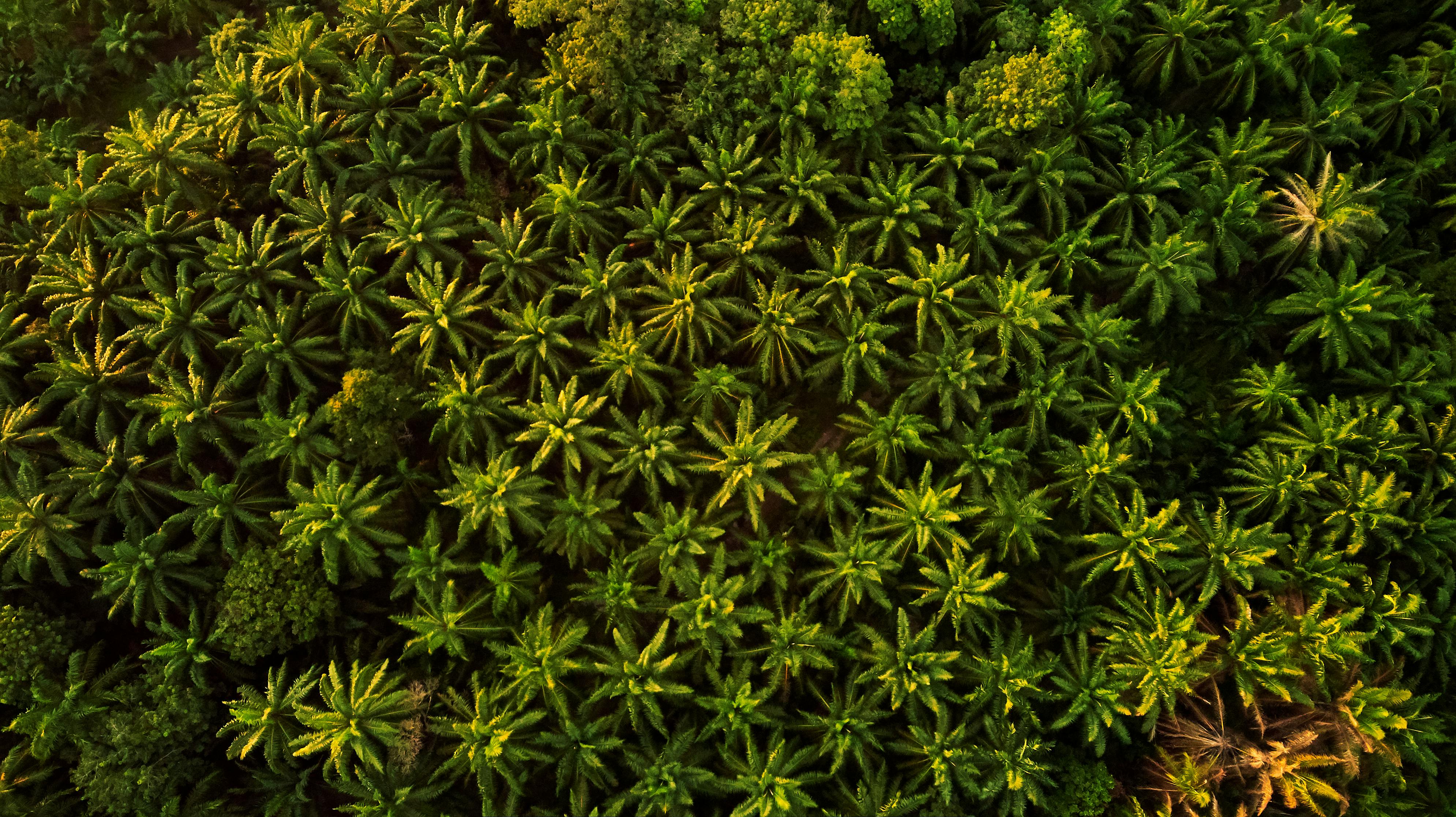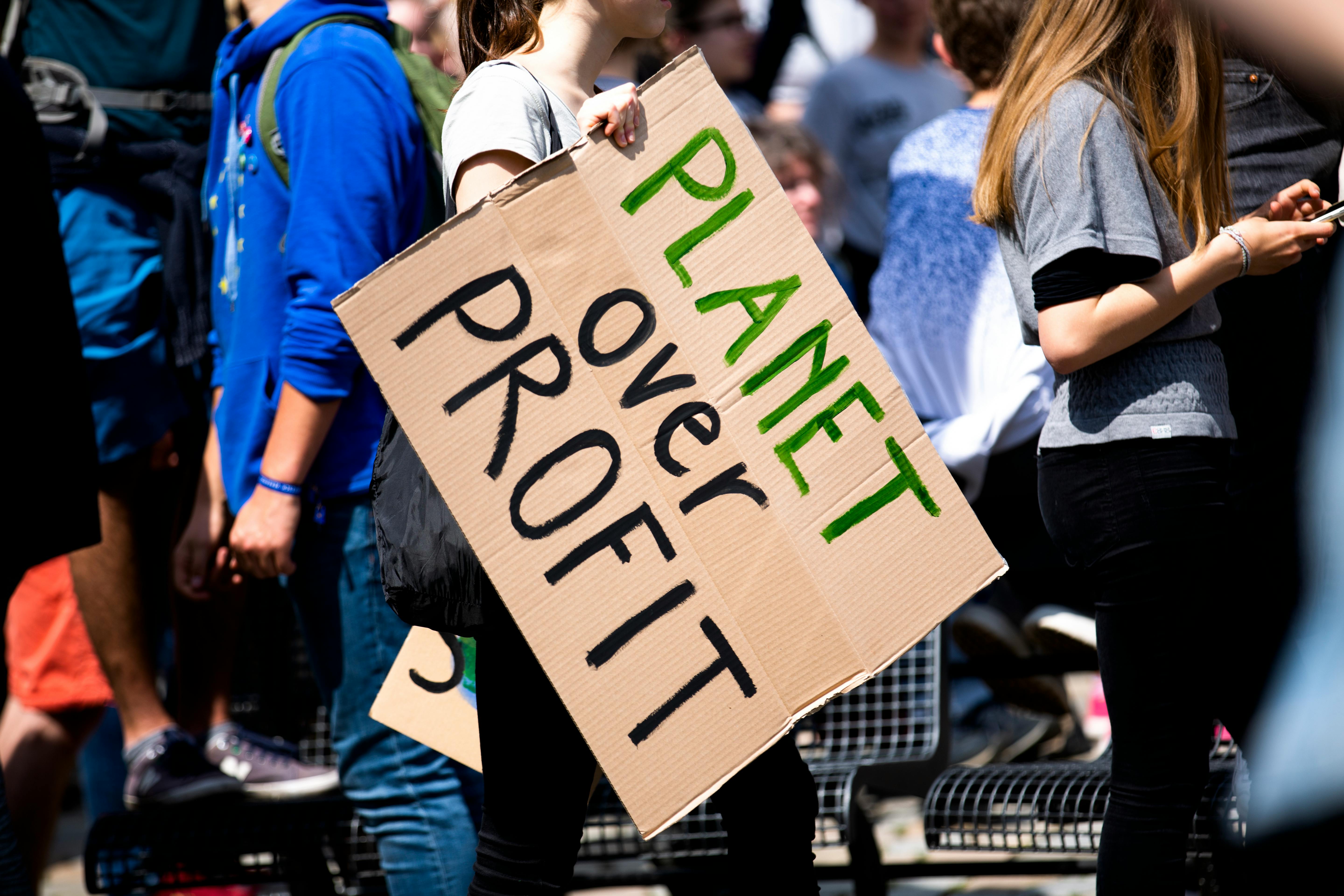Hello,
I've noticed that we are always mentioning climate change. Not only us blog editors but also politicians, activists and so on. The words climate change are bounced around in the media and probably in your households, but do you actually know what it is or how it works? I know that for a long time, I didn't know what it really meant. I hope that this post changes that.
I've noticed that we are always mentioning climate change. Not only us blog editors but also politicians, activists and so on. The words climate change are bounced around in the media and probably in your households, but do you actually know what it is or how it works? I know that for a long time, I didn't know what it really meant. I hope that this post changes that.
What is climate change and how does it work?
The words climate change describe a slow shift in the earth's temperature and
changes in the weather patterns. Having a single warm winter does not
instantly mean climate change. Climate change happens over a long period of
time. If you look at a temperature graph over the years, it doesn't go up in
one day and then stay the same for another hundred years. It curves up slowly
but steadily.
This is a average temperature graph from 1880 to just after 2000. You can see
how the temperature gradually gets warmer.
But why is it getting warmer?
Well, that's because of the greenhouse effect.
What's the greenhouse effect? What has climate change got to do with a
greenhouse?
The greenhouse effect has nothing to do with actual greenhouses. The
greenhouse effect works like this.
- The warmth from the sun hits the earth's atmosphere.
- Some of it reflects of the atmosphere, back into space and is irrelevant for us.
- The rest of the sun's warmth comes in through the atmosphere.
- Some of the warmth stays in the clouds.
- The rest of it comes all the way down to earth.
- Some of the warmth gets absorbed by the earth.
- The rest of it gets reflected back into the atmosphere.
- Some of the warmth doesn't make it out of the atmosphere. That's because of greenhouse gases. They keep the warmth in the atmosphere.
- It gets warmer on earth.
Greenhouse gases include:
- Water vapor
- Carbon dioxide (CO2)
- Methane
- And many more
But the greenhouse effect isn't a bad thing. Greenhouse gases aren't bad
things either. The greenhouse effect is natural. In fact, if the greenhouse
effect didn't exist, the average temperature on earth would be -18°C rather
than +15°C! So what's the problem?
There wasn't a problem, until humans started producing more greenhouse gases.
The more greenhouse gases there are, the more warmth gets trapped in the
atmosphere. And the more warmth get stuck in the atmosphere, the warmer it
gets.
And that is climate change and how it works. It isn't actually that difficult.
The problem is, what is does to our earth.
What's wrong with the earth warming up?
So the fact that the earth is warming up, may sound quite nice. But it
definitely isn't nice in the long run! Here's a list of just a few of the
things that climate change is doing:
1. Wildfires (because everything is drying up)
2. Rising sea levels (because the Artic and the Antarctic are melting into the
ocean)
3. Deadly heatwaves (70 000 people died from a heatwave in Europe in 2003)
4. Floods (because glaciers are melting and the excess water is flowing into
rivers)
5. Extreme weather (droughts, storms, heavy rainfall, …)
6. Ocean warming up (kills marine plants and animals)
So the earth warming up is just as bad as another ice age.
How do we stop the earth from warming up?
So the most obvious one is to stop emitting CO2. In fact we have a post with
the different ways to slow CO2 emissions. However there are so many other ways to slow climate change.
Don't buy products containing palm oil.
Rainforests are being cut down to make space for palm oil plantations. Trees
absorb CO2 so cutting them down is a bad idea.
Go on climate change protests
Ok, so this is probably a bad idea with Covid-19 still at large. But when the
protests do start up again, make your voice heard. There are plenty of
petitions going around if you don't want to go on an actual protest.
Reduce the amount of meat you eat
Again, rainforests are being chopped down to create space for pigs and cows.
Also Methane is created in the stomachs of cattle. Methane is another
greenhouse gas. It's effects are much worse than CO2. And the animals that we
eat are usually kept in bad living conditions and suffer their whole lives
long. It's as if they aren't even alive, they are just there for us to kill.
Our planet is dying and if we don't do something about it, we will die with
it. This isn't right. How are governments still ignoring the signs? It's as if
they only care about money and power. Is that true? Do they just want the
money and the power?
Sources:
https://www.bbc.co.uk/news/science-environment-24021772
https://www.un.org/en/climatechange/what-is-climate-change
https://www.epa.gov/climatechange-science/basics-climate-change
Images:
Ice: This image, owned by NASA Goddard Space Flight Center (on flickr.com), is licensed under CC BY 2.0.
Temperature graph: This image, owned by Matt Lemmon (on flickr.com), is licensed under CC BY-SA 2.0.
Palm oil: This image is owned by Ihsan Adityawarman on pexels.com.
Climate protest: This image is owned by Markus Spiske on pexels.com.
https://www.bbc.co.uk/news/science-environment-24021772
https://www.un.org/en/climatechange/what-is-climate-change
https://www.epa.gov/climatechange-science/basics-climate-change
Images:
Ice: This image, owned by NASA Goddard Space Flight Center (on flickr.com), is licensed under CC BY 2.0.
Temperature graph: This image, owned by Matt Lemmon (on flickr.com), is licensed under CC BY-SA 2.0.
Palm oil: This image is owned by Ihsan Adityawarman on pexels.com.
Climate protest: This image is owned by Markus Spiske on pexels.com.





Comments
Post a Comment